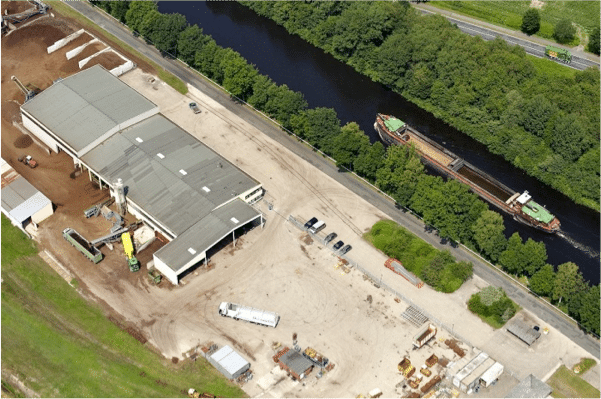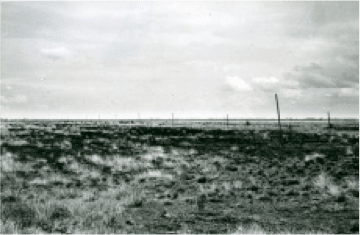100 years of business in Vehnemoor
In 1916, in the middle of World War I, Georg Klasmann and Count Friedrich of Landsberg-Velen purchased an old bogland estate and founded the company Vehnemoor GmbH. Peat extraction began after the war and the first bales left the new factory building in 1921. Vehnemoor has remained an important production site for Klasmann-Deilmann right up to the present day. Reason enough, then, to take a look at the turbulent history of its early years …
There was war in Germany and Europe and Friedrich von Essern was unable to cope with the situation. He was desperate and all he wanted was to sell off the whole estate, including the house and outbuildings, livestock and equipment. The 1650-hectare estate, which was situated in a bog beside the Hunte-Ems Canal, was finally sold for a sum of 670,000 marks to Georg Klasmann Jun. as the sole purchaser. Since the foundation of Heseper Torfwerke GmbH in 1913 – the event which actually marks the beginning of the Klasmann-Deilmann company – Count Friedrich of Landsberg-Velen, the local landowner and owner of the peat company, had appointed Klasmann to the position of life-long manager and it was in that capacity that Georg Klasmann Jun. now handled the negotiations for the purchase of the bogland estate.
The Count had invested around one million marks in the Hesepe peat works just three years earlier and to begin with, Georg Klasmann “could not get him interested in the property,” as he wrote in his memoirs. As the son of a businessman, however, Klasmann was far-sighted and recognised the estate’s potential. He therefore decided to negotiate on his own behalf and secured title to the Vehnemoor estate for the sum of 670,000 marks. This bold and confident decision appears to have impressed the Count, as he changed his mind and contributed a sum of 250,000 marks towards the purchase. And so, on 21 June 1916, the two partners founded Vehnemoor GmbH, which was registered in Oldenburg until 1919, when it was transferred to Edewechterdamm. Georg Klasmann took on the role of managing director of the company.
So the estate had been purchased and the plan to set up a peat works had been drawn up. For the time being, however, the plan was to come to nothing: the war had led to a shortage of material and labour which made it impossible to establish a production site. Ever the pragmatist, Georg Klasmann did not let that stop him and instead forged ahead with development of the agricultural operations. Despite many a setback, he succeeded in expanding the company’s agricultural land from 20 to 105 hectares – more than five times the original size. But all that time, he had never given up on his original plan of setting up a peat production site.
Construction of the factory building began after the end of the war. Although Georg Klasmann had handed over the reins to Franz Mecking in 1919, he was still closely involved in the new venture. In 1921, he showed the site to a contemporary, who was greatly impressed: “There are […] preparations under way to begin extracting peat. They are also building a peat litter factory with an annual capacity of 40,000 tonnes. They plan to extract peat from an area of 30 hectares every year. The company will have to expect capital expenditures amounting to 5 million marks.”

